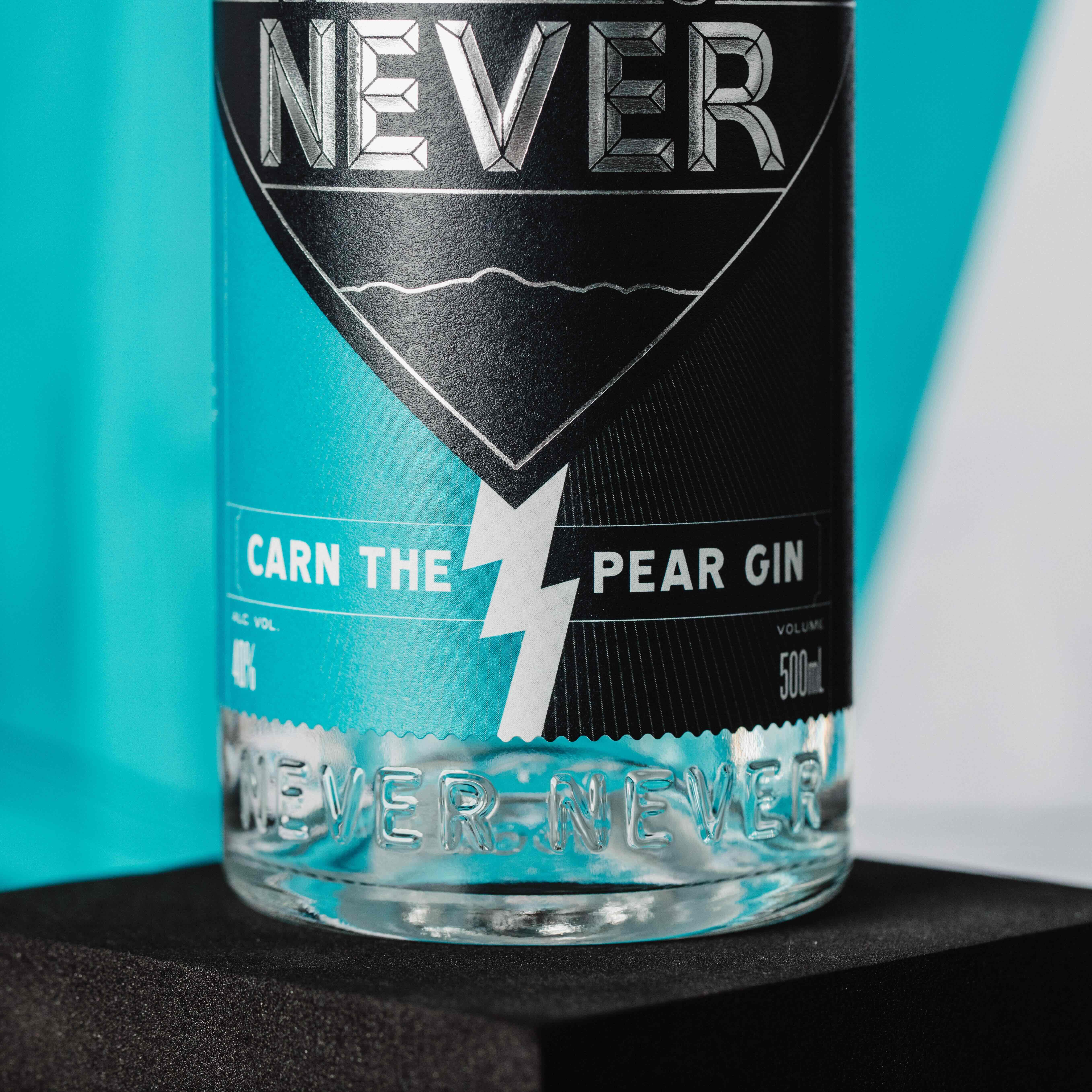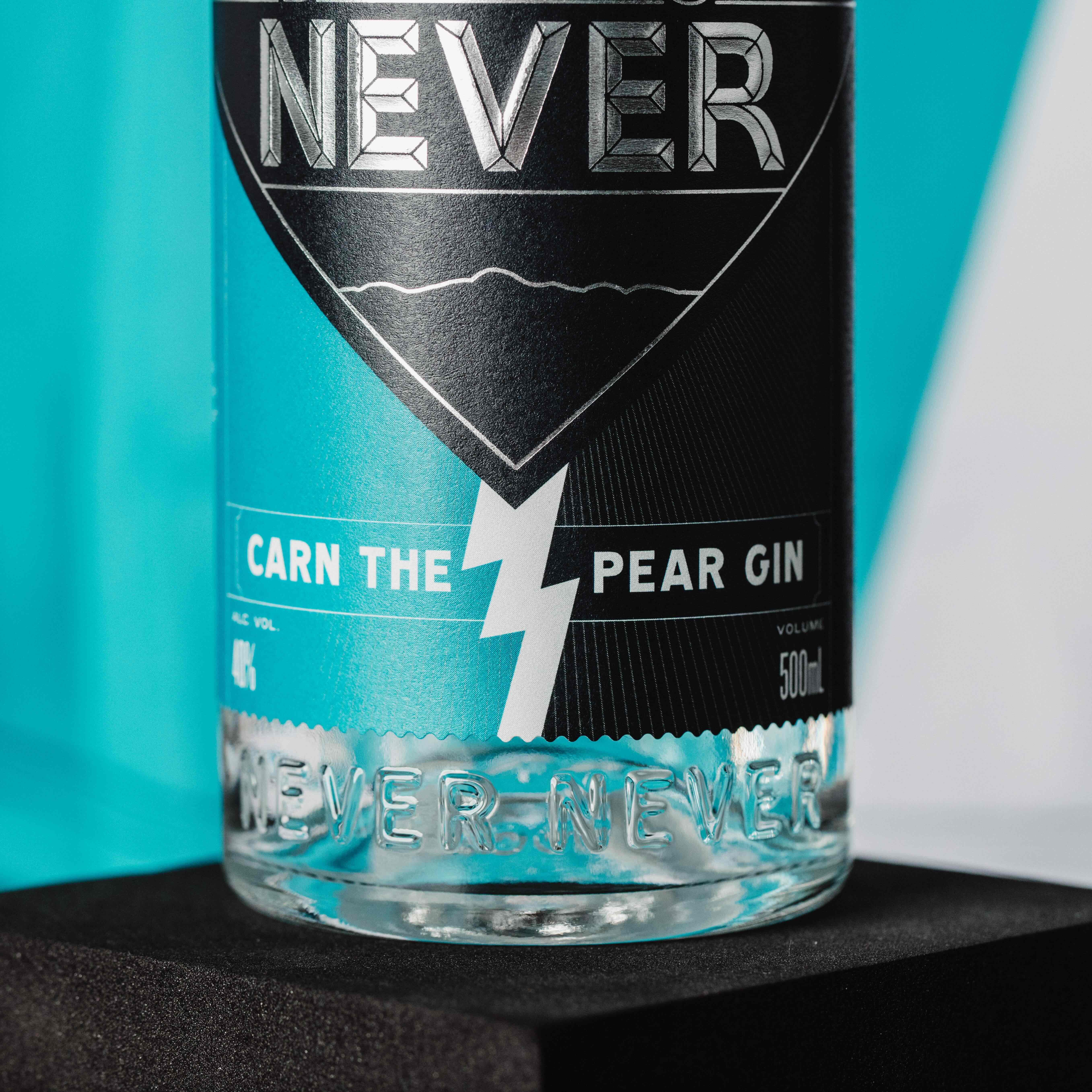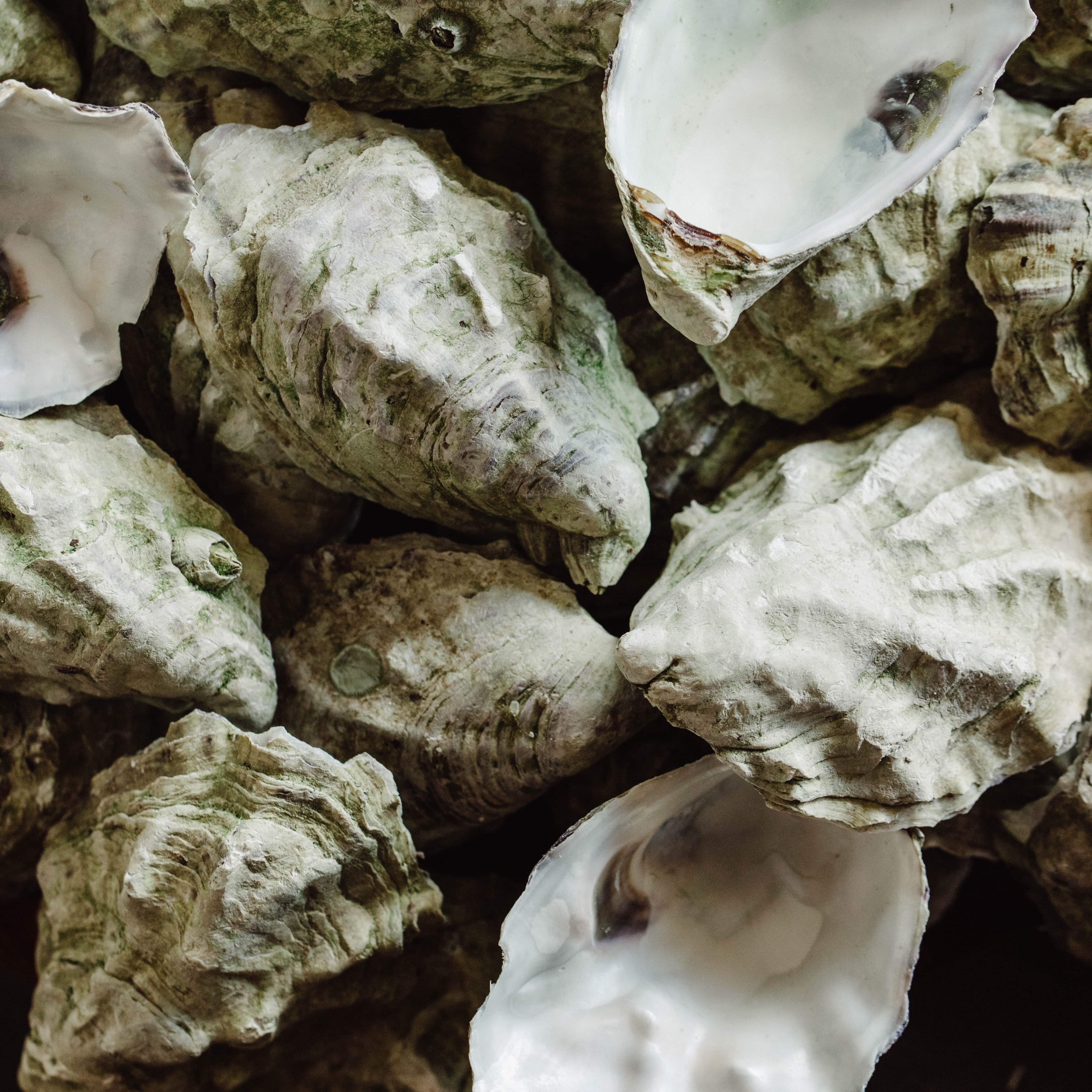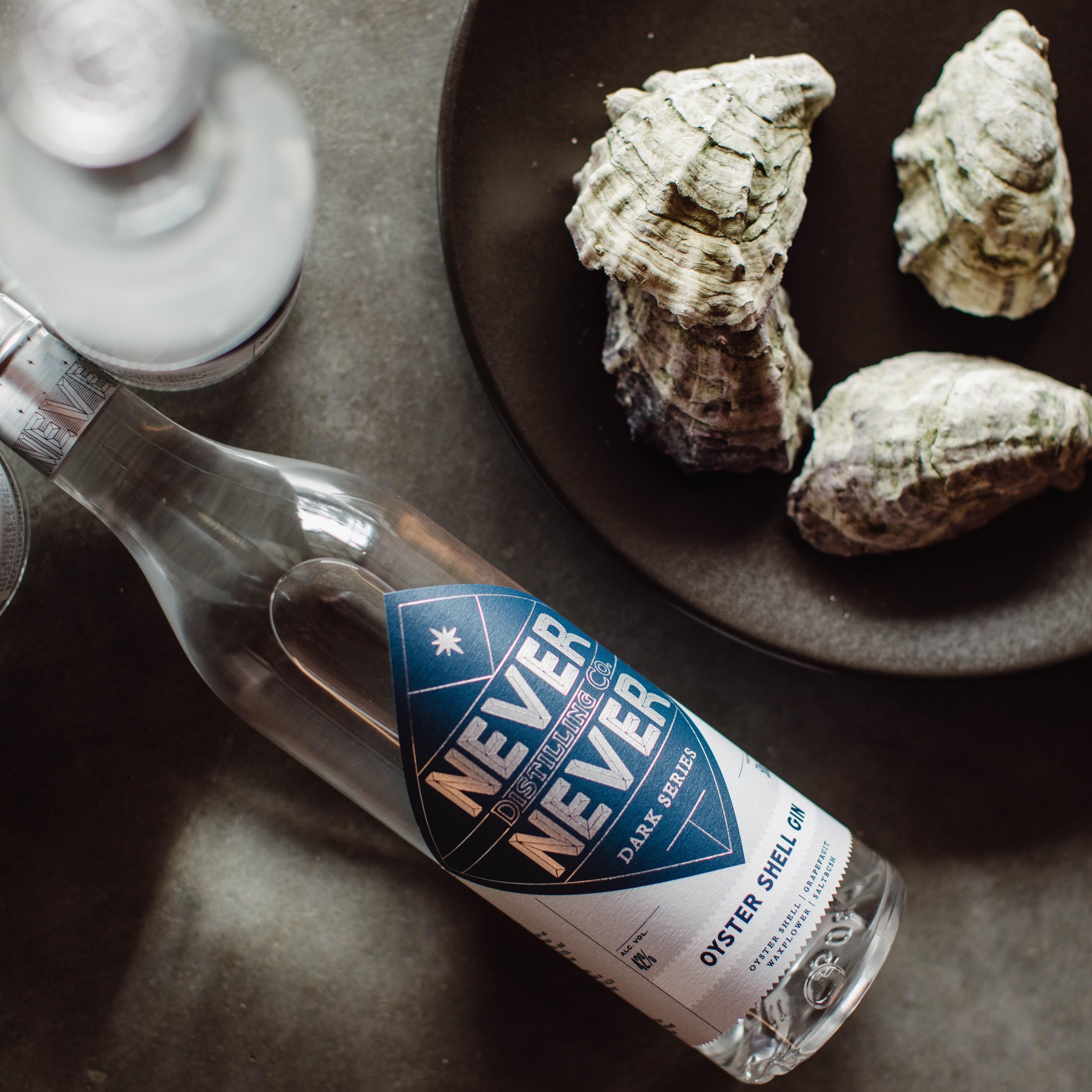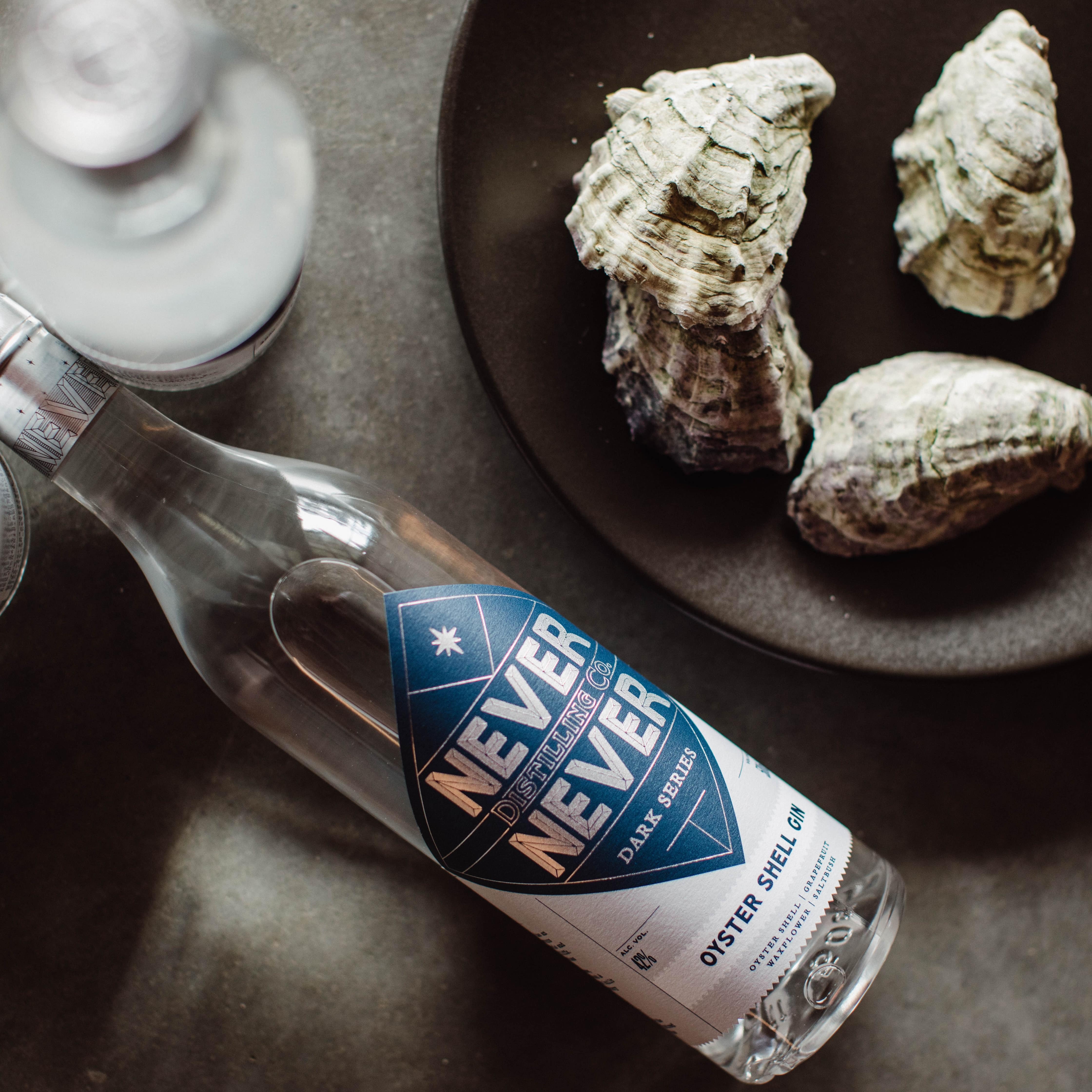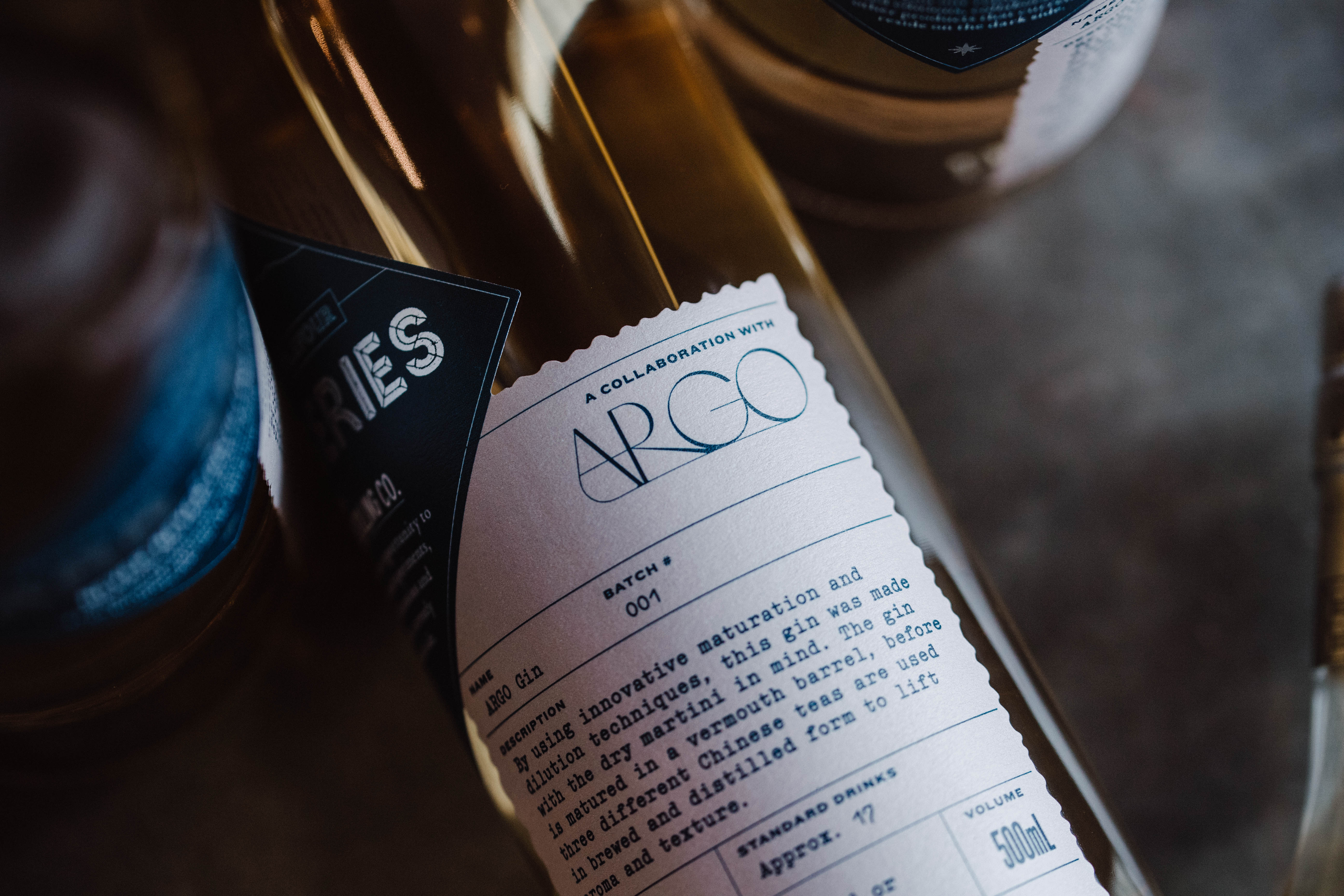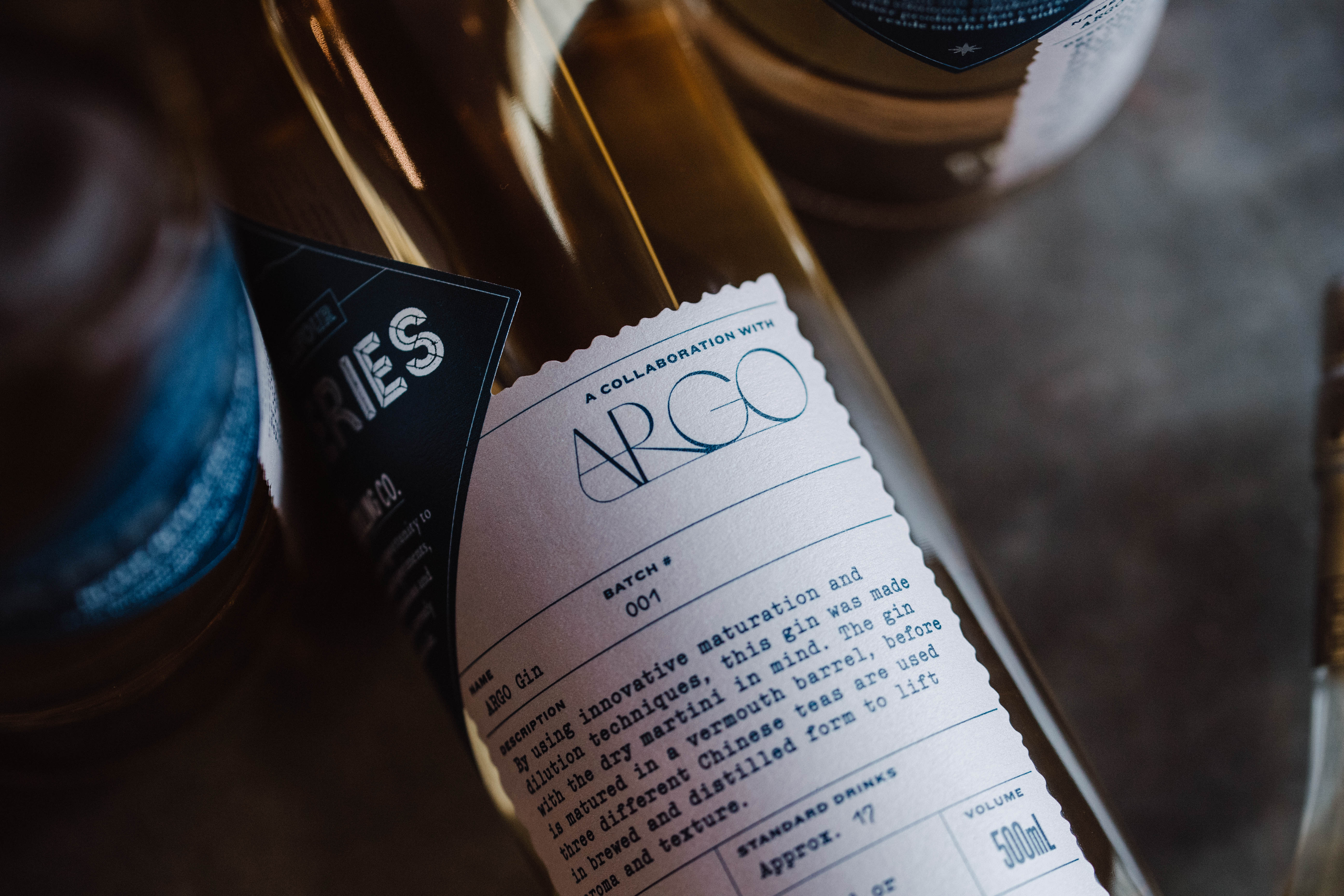5 January 2022
The gibson martini
Without a doubt the best thing to come out of America. The Gibson martini embraces a slightly more savoury twist, using pickled cocktail onions as a garnish.
Dry, wet, dirty – we haven’t met a martini we don’t like. One of our favourites is the Gibson Martini, an intriguing combination of gin, vermouth and a pickled onion (or two!). But where does that signature pickled garnish come in to play? Turns out it’s a little risqué…
Once upon a time, for a Martini to be a Martini it HAD to contain bitters (a convention which we wholeheartedly support).
Early recipes for the Gibson such as William Boothby’s in the early 1900s simply omitted the bitters, and indeed any garnish – a true ‘naked’ Martini. Boothby’s full name for this drink is the ‘a la Charles Dana Gibson’, suggesting it was created for the San Franciscan illustrator famed for his ‘Gibson Girls’.
The Gibson Girl was meant to embody ‘the feminine ideal of physical attractiveness’, tall and slender but with ample…ahem…assets. Can you tell she was drawn by a man *wink*?
Anyway, as the Martini became more of an all-encompassing category rather than a specific drink, simply the absence of bitters was not enough to differentiate the Gibson.
The story goes that a couple of cocktail onions were added as a nod to its namesake and his popular sketches of heaving bosoms, and the Gibson we know today was formed!


As with all cocktail origin stories we encourage you to take this with a pinch of salt (or a splash of brine)
But we can think of worse ways to spend World Martini Day than celebrating curves of all shapes and sizes and crunching down on some gin-soaked pickled onions, so we’re very excited about our collaboration with Spring Gully Foods to bring you Never Never Botanical Infused Cocktail Onions.
The onion maketh the Gibson, and the Gibson maketh your night, so get mixing!




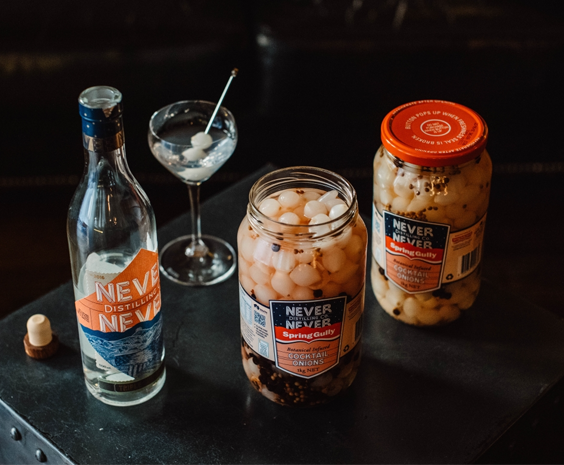
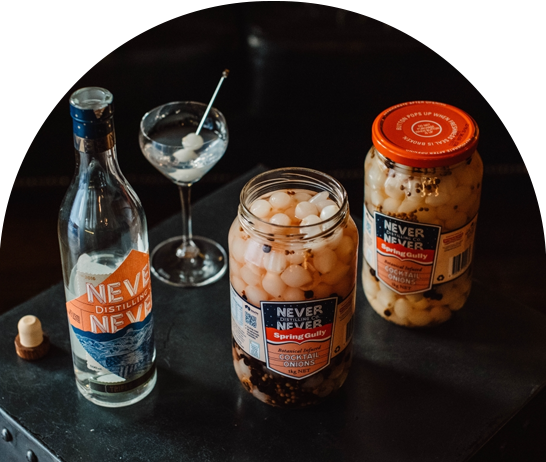
Looking for the perfect Gibson MArtini gin? our triple juniper gin has you covered.

Our signature Triple Juniper Gin combines three different distillation processes, each uncovering the bright and earthy qualities of juniper.





















